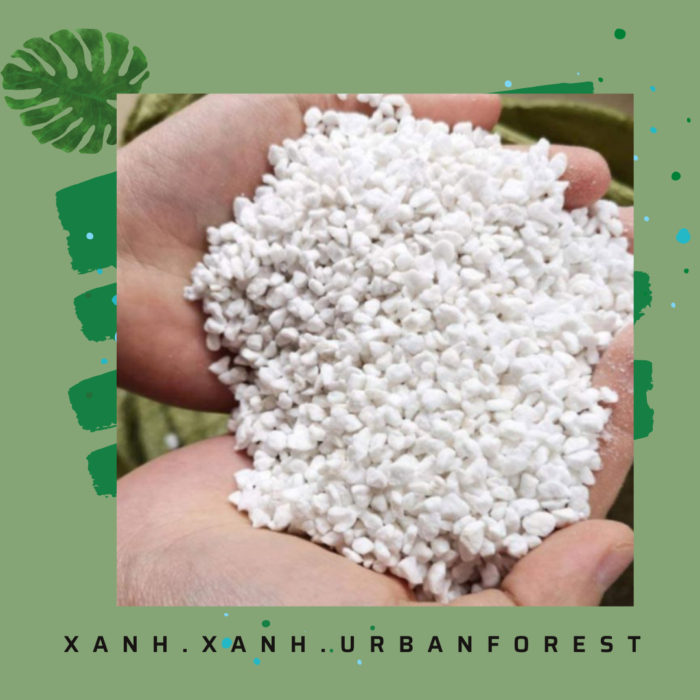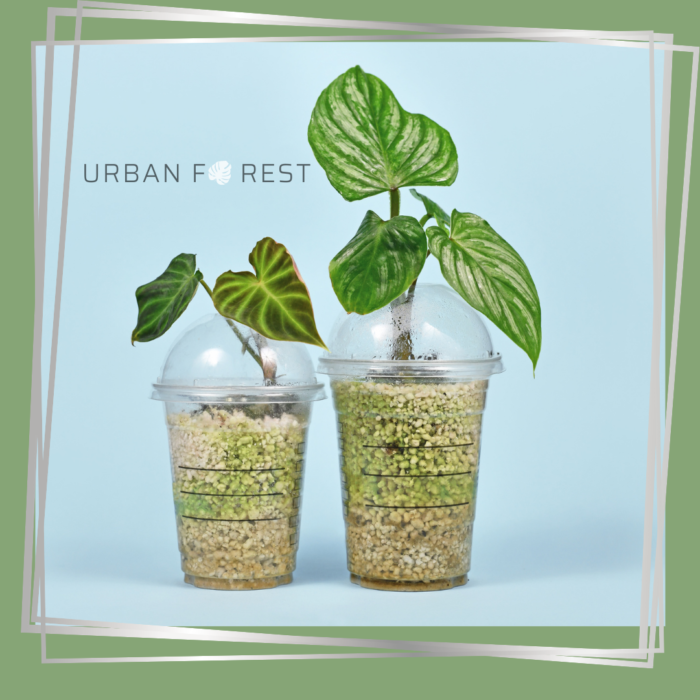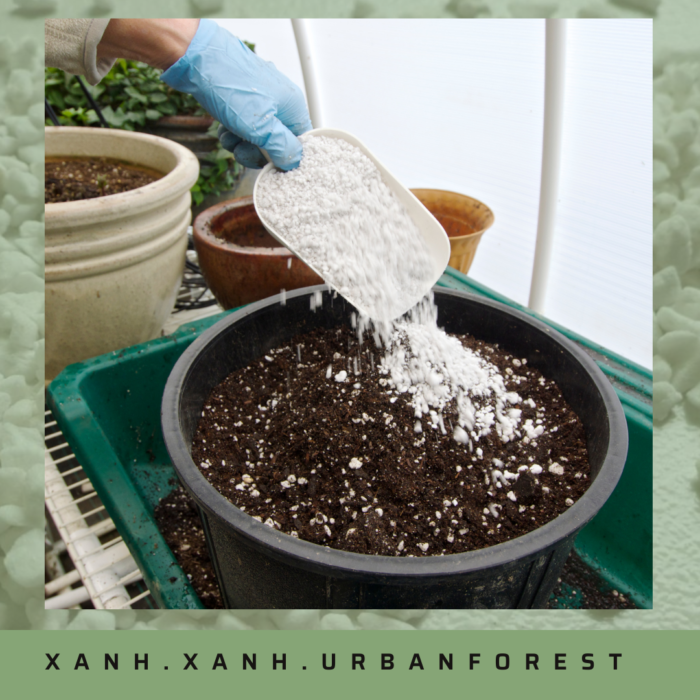If you are looking for more information about perlite, don’t miss this article. Take a deep look at this article to get more details.
When opening a bag of commercial potting mix, you expect to see little perlite in it. But, have you ever wonder why they’re there? What is the use of perlite? This is the most common question many people desire to know the answer to. There is no need to fret too much about this point; this article will put together some basic knowledge to help you have clarity about perlite.
Let’s dive in to get more details.
1. What Is Perlite?
Perlite is a naturally occurring mineral commonly used in industry as well as in gardening. Humans have known perlite for a long time, at least since the third century BC. In nature, it exists as volcanic glass. Perlite is created when volcanic obsidian glass is saturated with water for a long time.
Unlike crystals, perlite does not have any definite shape or structure. It is often mixed into products such as lightweight plaster, ceiling bricks, or masonry for stability or as an insulator. Plus, it is also used to filter spent grain or other solids out of beer or in the biochemical industry.

A handful of perlite
2. What Is Perlite Made Of?
It is not denied that perlite is quite heavy and dense in its natural form. It contains a lot of the following ingredients:
- Over 70% silicon dioxide (SiO2 )
- Sodium oxide
- Aluminum oxide (Al2O3)
- Potassium oxide
- Iron oxide (Fe2O3)
- Calcium oxide (CaO)
- Magnesium oxide (MgO)
- 3-5% Water
3. What Are Perlite’s Properties?
Physical properties
Perlite is made from heating volcanic glass rock (Obsidian) to 760 – 1100oC. High temperature makes the water in the ice vaporize, which increases the original volume by 4-20 times, making the ice light, porous, and turning white with a density of about 0.7 g/cm3.
Chemical properties
Perlite has a pH of about 7.0 – 7.5, is very inert to substances. It does not provide trace elements. When environmental pH is low, perlite can release aluminum which is toxic to plants.
Size and water holding capacity
There are four types of perlite based on particle size as follows:
- Super coarse grain: size about 2.4 – 6.4 mm, water holding capacity of 19% by volume, rarely used in agriculture
- Coarse seeds: size 1.2 – 4.8 mm, water holding capacity about 34%, suitable for growing orchids or succulent plants
- Medium seeds: size 0.8 – 3.2 mm, water holding capacity about 46%, suitable as a single medium or mixed with other media for potting.
- Fine seeds: size 0.2 – 1.6 mm, water holding capacity 52%, suitable for sowing and cuttings
Durability
Perlite is a durable material that can last for several years. Because it is created through a high-temperature process, it is a very clean material. Perlite can be reused by soaking in hot water to remove pathogens and reduce salt accumulation in this medium.
Supply materials
Perlite can be replaced by pine bark or other volcanic rocks
4. The Importance Of Perlite To Gardening
Perlite improves airflow in the soil
All plant cells need oxygen, even those underground. While the leaves at the top are capable of producing oxygen during photosynthesis, the root system has no choice but to absorb it from the soil. The perlite liner helps to improve the air in the soil significantly. It is necessary not only for root growth but also for any worms, beneficial nematodes, and other good natural garden dwellers. In addition, it is mineral glass and harder than the soil around it. Therefore it also helps to slow down compaction and keep your soil loose and light.

Pertile improves the plant’s ability to drain
Perlite helps plants to drain
No living thing can survive without water. However, excess water in the soil can make plants drown and even die.
In this situation, the root system is deprived of oxygen, which will eventually cause the plant to die. Timely drainage is important to allow free space to remain in the soil.
Due to perlite’s excellent filtration and drainage capabilities, adding it to the soil will improve the plant’s ability to drain. The presence of all those pores causes most of the excess water to drain out. Moreover, perlite is a hard mineral; it retains its shape when the soil is packed down, which keeps the air pockets around the roots.
5. How To Use Perlite In Gardening?
Check out some tips to use perlite below:
In soil mix: you can create your own homemade soil mix by using a combination of perlite, humus, and peat moss. In pots, this mix keeps things loose, airy, and well-drained.
On the surface: Perlite may also be scattered over the soil surface, where it acts as a drying agent. It will gradually work into the ground and help improve soil drainage.
For root cuttings: it encourages root growth much better than just regular watering. You can place the original seeds or cuttings in an air-filled Ziploc bag which contains moistened perlite for several weeks. You will wow when you notice that the roots grow amazingly fast.

Perlite and soil mix
With that, you have come to the end of this article about perlite. There are many interesting things about perlite that you may not know. Hopefully, after reading this article, you will have more knowledge about perlite as well as how to use perlite in gardening.
If you have any questions, let us know in the comment and freely share this article with your friend if you find it helpful.
You can click on
this link to buy perlite
 A handful of perlite
A handful of perlite
 Pertile improves the plant’s ability to drain
Pertile improves the plant’s ability to drain
 Perlite and soil mix
With that, you have come to the end of this article about perlite. There are many interesting things about perlite that you may not know. Hopefully, after reading this article, you will have more knowledge about perlite as well as how to use perlite in gardening.
If you have any questions, let us know in the comment and freely share this article with your friend if you find it helpful.
You can click on this link to buy perlite
Perlite and soil mix
With that, you have come to the end of this article about perlite. There are many interesting things about perlite that you may not know. Hopefully, after reading this article, you will have more knowledge about perlite as well as how to use perlite in gardening.
If you have any questions, let us know in the comment and freely share this article with your friend if you find it helpful.
You can click on this link to buy perlite

